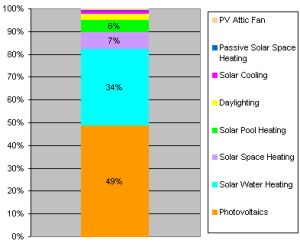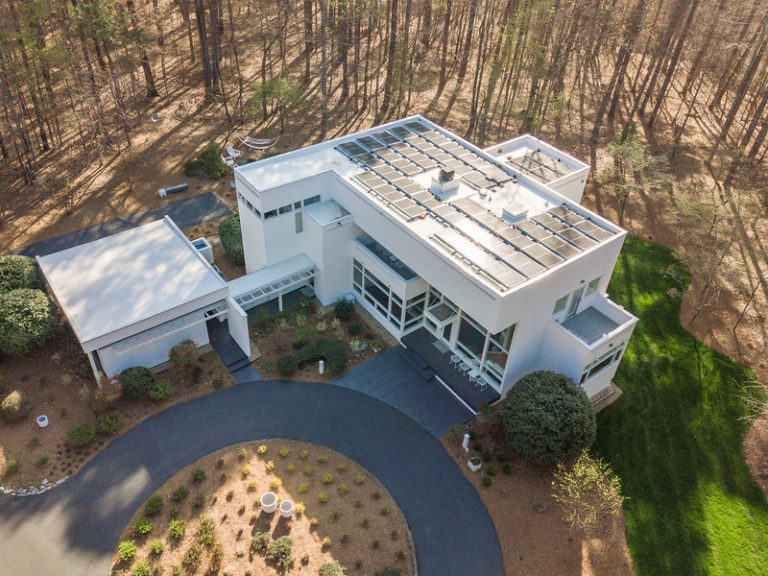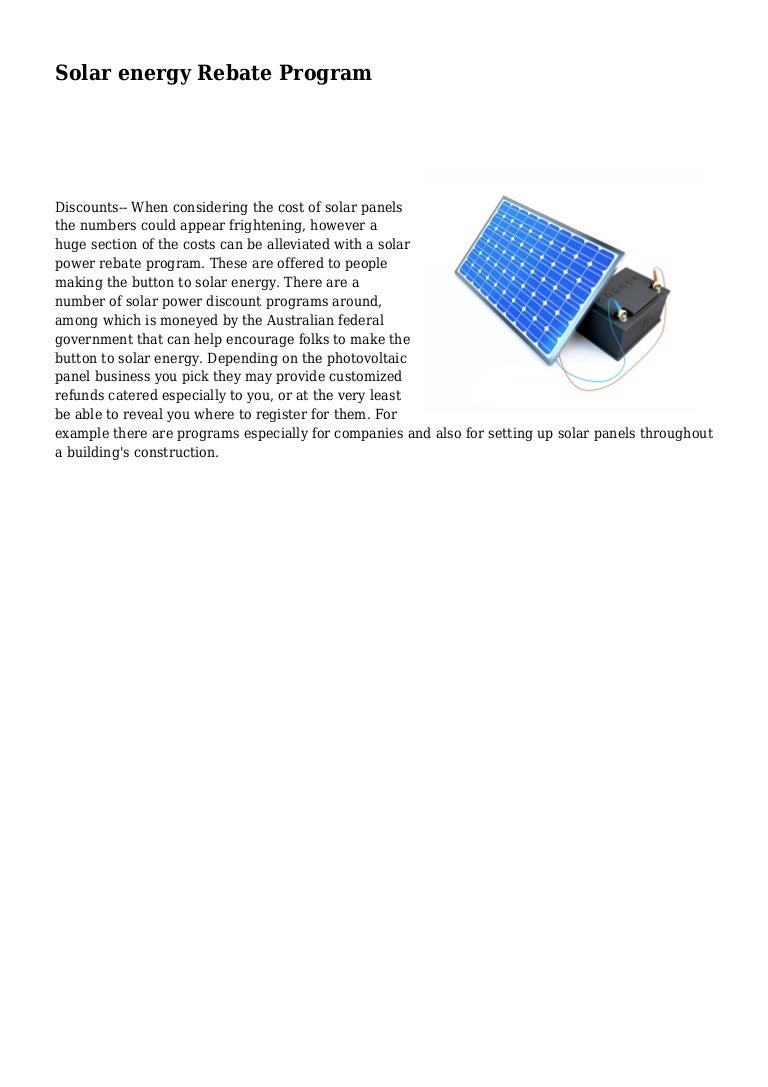

Mailing Address: Self-Generation Incentive Program Program Administrator Contact Information: Pacific Gas & Electric (PG&E) Customers of PG&E, SDG&E, SCE and SoCal Gas should contact their program administrator for an application, program handbook and additional eligibility information. PG&E, SCE, and SoCal Gas administer the SGIP program in their service territories, and the California Center for Sustainable Energy administers the program in SDG&E's territory. Projects using the Federal Investment Tax Credit (ITC) must pay 40% of the eligible project costs after the ITC is subtracted from the project costs (i.e., the SGIP credit is limited to 30% of project costs). Applicants must pay a minimum of 40% of eligible project costs (the biogas adder is not included in calculating the limit). Further, the first megawatt (MW) in capacity will receive 100% of the calculated incentive, the second MW will receive 50% of the calculated incentive, and the third MW will receive 25% of the calculated incentive. There is no minimum or maximum eligible system size, although the incentive payment is capped at 3 MW. An additional incentive of 20 percent will be provided for the installation of eligible distributed generation or advanced energy storage technologies produced by California supplier. For example, a gas turbine that uses biogas is eligible for an incentive of $1.73/W. The biogas incentive is an adder and may be used in conjunction with fuel cells or any conventional CHP technology.

Non-Residential Storage Equity: $0.85/Wh.Small Residential Storage: $0.15/Wh - $0.20/Wh depending on utility.Large Scale Storage Claiming ITC: $0.18/Wh - $0.22/Wh depending on utility.Large Scale Storage Not Claiming ITC: $0.25/Wh - $0.30/Wh depending on utility Generation Technologies as of October 2022: The following technologies will receive the corresponding upfront incentive (or half of this figure if the system is 30 kW or larger): Systems with a capacity of 30 kilowatts (kW) or greater will receive half the incentive upfront, and the the other half will be paid over the following five years based on the actual performance.
#Encore energy solar rebates 2017 full
Systems less than 30 kW will receive their full incentive upfront. The program was later extended through January 1, 2026. Originally set to expire at the end of 2011, SB 412 of 2009 extended the expiration date to January 1, 2016, and SB 861 of 2015 further extended the expiration date to January 1, 2021. Beginning in May 2012, all technologies previously eligible for the expired Emerging Renewables Program are now eligible for the SGIP program. Retail electric and gas customers of San Diego Gas & Electric (SDG&E), Pacific Gas & Electric (PG&E), Southern California Edison (SCE) or Southern California Gas (SoCal Gas) are eligible for the SGIP. Initiated in 2001, the Self-Generation Incentive Program (SGIP) offers incentives to customers who produce electricity with wind turbines, fuel cells, various forms of combined heat and power (CHP) and advanced energy storage. The CPUC will need to develop rules before these new incentives are available.

209 of 2022 extended eligibility for this program to residential solar photovoltaic systems paired with energy storage systems. SolarEdge 3-Phase String Inverters & Optimizers.

SolarEdge String Inverters & Optimizers.Yard Sale: A variety of products available at 20 to 50% off!.Contact your local utility provider or visit their website for more information.Įnergy-efficient home improvements generally pay off in the long term-but with incentives, rebates and tax credits, they can pay you in the short-term, as well.
#Encore energy solar rebates 2017 free
Typical programs include free CFL or LED light bulbs to replace incandescent bulbs, and discounts or rebates for installing energy-efficient HVAC equipment or programmable thermostats. Many utility companies, in addition, offer programs to help homeowners reduce energy consumption. Be sure to ask the installer or retailer about any available manufacturer’s rebates. Manufacturers of energy-efficient products also often offer their own rebates to homeowners. Search the Database of State Incentives for Renewables & Efficiency at for incentives in your state. In Minnesota, homeowners can borrow up to $20,000 at 4.99 percent interest to make energy-efficient improvements. For example, Alabama allows homeowners to deduct 100 percent of the purchase price and installation costs of a wood-burning heating system. In addition to federal programs, several states offer their own incentives to encourage homeowners to make energy-efficient improvements.


 0 kommentar(er)
0 kommentar(er)
